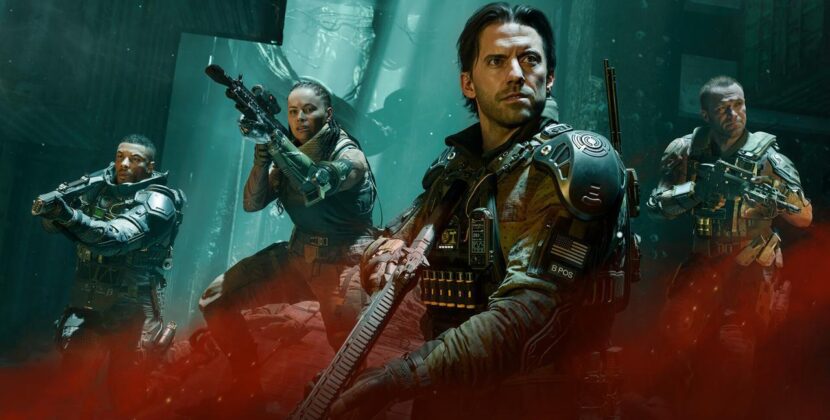
When determining how many players a game like Concord needs to survive, it’s important to consider the many factors that influence the sustainability of live service games. Recently, Sony announced that it would be pausing the live service of Concord, its new hero shooter, which surprised few in the gaming community. Within just days of the game’s launch, reports indicated poor sales figures: an estimated 25,000 copies sold, with 10,000 on Steam and 15,000 on PlayStation. The player count was even more concerning. On August 24, the day after launch, Concord peaked at just 697 concurrent players, according to SteamDB. This number plummeted quickly, with only 39 players recorded just days later.
The decision to shut down a live service game is never made lightly. Multiplayer games, especially ones in the live service model, are incredibly expensive to maintain. The costs of running servers, providing ongoing updates, and maintaining the staff needed to manage live operations can quickly outstrip the revenue that comes in from a small player base. As a result, active player count becomes one of the most critical factors in determining whether a live service game is viable.
What Defines Survival for a Live Service Game?

The number of active players a game like Concord needs to stay operational varies widely depending on the game’s structure, financial backing, and business model. According to Piers Harding-Rolls, head of games research at Ampere Analysis, this number can fluctuate drastically. “For one game, it might be 200,000 monthly active users, for another two million,” Harding-Rolls explained.
Several elements influence whether a game can survive. These include the research and development (R&D) investment made before and after launch, the salaries and staffing costs, marketing expenses, infrastructure and server delivery costs, and even the licensing and publishing costs. Each game is different, and as a result, each one has a unique “break-even” point.
Beyond monetary factors, multiplayer games face the challenge of maintaining enough players to make the experience enjoyable for everyone. If there aren’t enough players to matchmake quickly, those who are still engaged may leave due to long wait times, creating a snowball effect that further shrinks the player base. This issue compounds in regions with smaller populations, like Australia, where players are often spread too thin to provide smooth matchmaking.
Also Read: How General Motors is Using AI & ML to Win More Races?
The Increasingly Short Lifespan of Live Service Games
Concord is not an outlier when it comes to live service games struggling to maintain a sustainable player base. In the past two years alone, dozens of multiplayer games have been shut down, often within a short time after launch. For example, Tencent’s free-to-play shooter Synched was shut down just one year after its release, with only 10,000 daily active users and concurrent players ranging between 500 and 1,000 at the end.

Other titles have faced similar fates. In February 2023 alone, eight different games, including Apex Legends Mobile, Rumbleverse, Knockout City, and CrossfireX, announced their closures within the span of one week. Each of these games struggled to maintain a large enough player base to justify their continued development and server maintenance.
One of the most common strategies for saving struggling live service games is switching to a free-to-play model, which many developers hope will increase player count. For instance, Knockout City, developed by Velan Studios, transitioned to free-to-play after parting ways with publisher Electronic Arts. Despite this, the game still ranged between 1,500 and 5,000 peak concurrent users (CCUs) and ultimately shut down after just two years.
How Many Players Are Needed?

The number of players needed for a game to survive depends heavily on the type of game being operated. Guha Bala, co-founder of Velan Studios, explains that for a PvP (player-versus-player) multiplayer game based on skill, a minimum of 10,000 CCUs per region is needed to ensure smooth matchmaking and reduce latency issues. This number can drop to 2,000 CCUs if certain rollback strategies are employed, like those used in Knockout City, to maintain a good experience in regions like North America and Western Europe.
For games not reliant on matchmaking, like PvE (player-versus-environment) games, a smaller player base can still sustain the game. Bala estimates that PvE games can function with 1,000 to 3,000 CCUs per region, as these games can rely on bots to fill in for absent human players.
The Business Model Factor
The game’s business model is often an even bigger factor in whether a live service game can survive. Free-to-play games, for example, rely on a steady stream of revenue from in-game purchases. Bala suggests that at least 5% of a free-to-play game’s total user base must spend money in the game to cover the costs of keeping it online. For some titles, this could mean requiring a player base of 50,000 or more active users, which poses a significant challenge for many new games entering the market.

In contrast, Concord was a premium game with a $40 price point, much like Helldivers 2. The game also didn’t feature microtransactions or a battle pass, meaning all its revenue had to come from upfront sales. Given that the game’s development team, Firewalk Studios, had at least 150 staff members, the costs of maintaining Concord would have been substantial. Bala estimates that a 50-person team alone would cost around $500,000 a month in labor expenses, meaning a $20 game would need to sell 25,000 copies per month just to break even. With Concord priced at $40 and a much larger team, its sales numbers were likely far short of what Sony required.
The Future of Live Service Games
Despite the financial difficulties, some developers believe that the future of live service games may lie in the premium model. Bala suggests that live service games built around a traditional sales model may offer more room for innovation than free-to-play titles, where monetization and paywalls often take precedence over creating emotionally engaging experiences.

Whether Concord will be able to bounce back from its initial struggles remains to be seen. Sony and Firewalk Studios have expressed interest in exploring other ways to take the title forward, but the future is uncertain. One thing is clear: launching and sustaining a live service game in today’s market is more challenging than ever. With industry giants like Fortnite, GTA Online, and Roblox dominating the space, new entrants face an uphill battle in attracting and retaining players.
In the years to come, it’s likely we’ll see more live service games struggle to survive as developers experiment with new business models, gameplay mechanics, and strategies for player retention. For games like Concord, the path forward may involve significant changes, or it may end up being one of many short-lived titles in an increasingly competitive landscape.

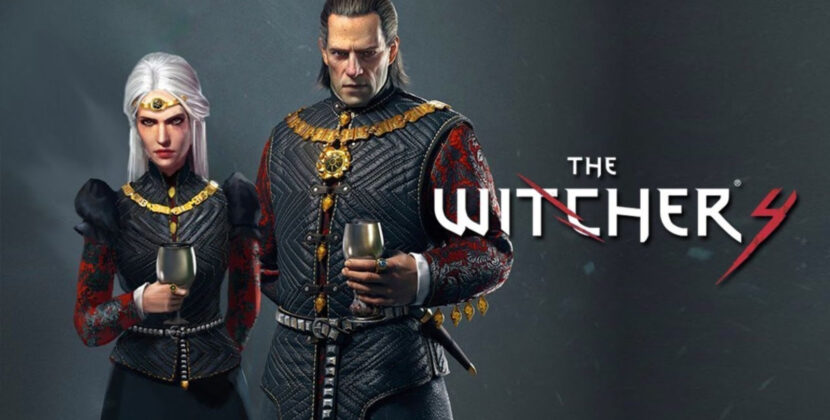
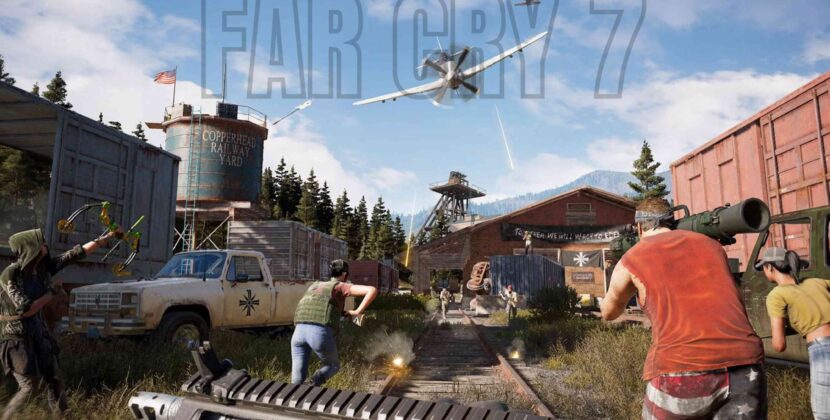














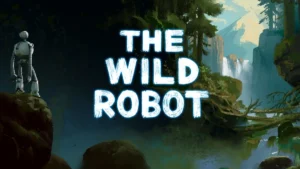







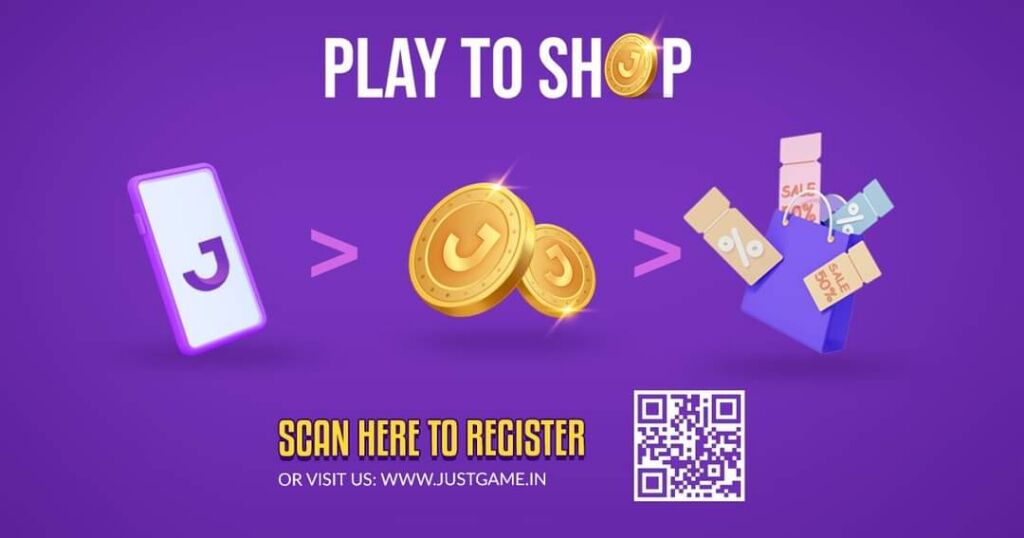


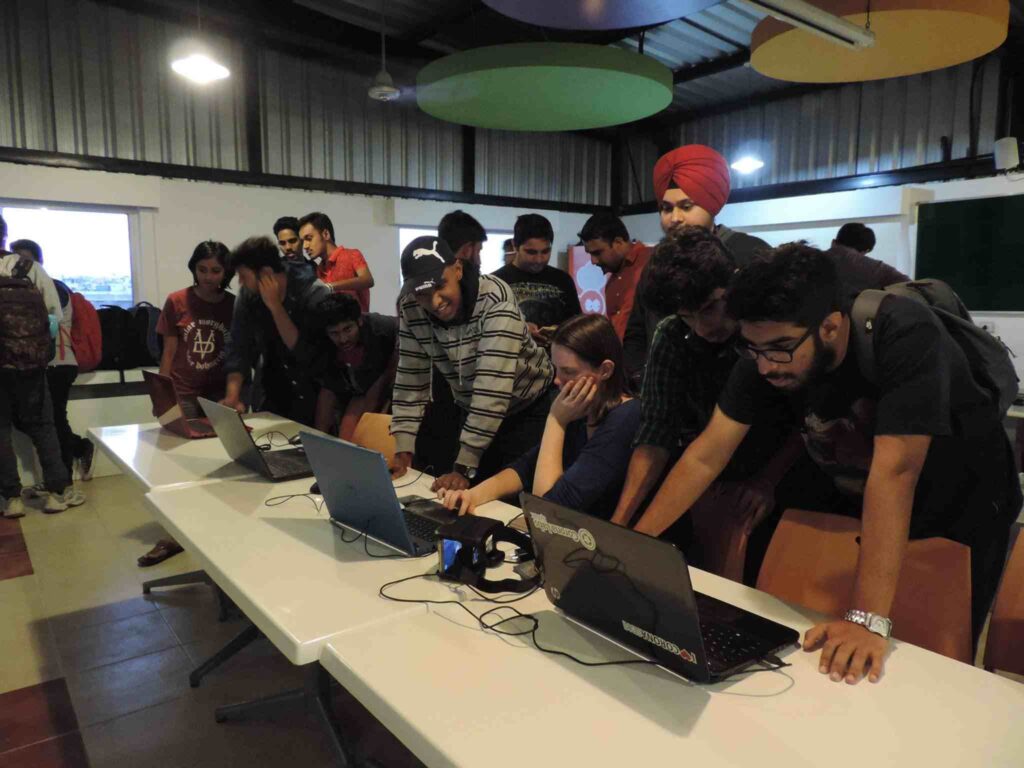



Comments
A Giant Eyeball That Sees the Future of Entertainment
Bengaluru GAFX 2025 Kicks Off with ‘Future of Immersion’ Theme
Microsoft’s $80 Billion Gamble on AI: Bold Vision or Power Grab?
Has DeepSeek Outplayed Meta and OpenAI?
GST on Betting